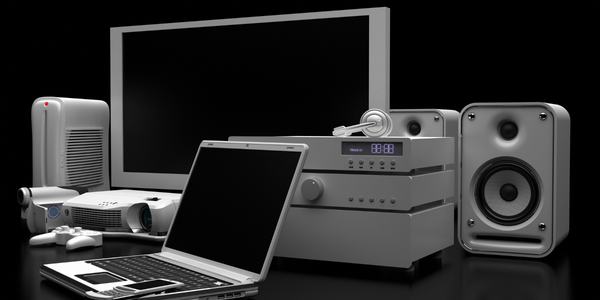下载PDF
Next Generation Flight Management Systems

适用行业
- 电子产品
挑战
为了开发其下一代飞行管理系统,CMC 寻求一种新的面向对象、基于模型的流程,以帮助符合 DO-178C 和 ARP 4754A/4761 航空工业标准。
多年来,CMC 开发了一系列全面的 FMS 产品,旨在满足航空市场不同部门的特定需求。这种方法的好处是每个产品都满足一组独特的要求——但从系统和软件工程的角度来看,为每个目标市场开发和维护单独的软件需要更多的时间和精力。
客户
中机电子
关于客户
CMC Electronics 为航空和全球定位市场设计和生产领先的技术电子产品。
解决方案
CMC 团队与 IBM 合作,定制了 IBM Rational Rhapsody 解决方案,以
其要求。 IBM 帮助确定了符合 DO-178C 和其他航空标准(如 ARP4754A)的基于模型、面向对象的开发的最佳实践。
运营影响
相关案例.

Case Study
Remote Temperature Monitoring of Perishable Goods Saves Money
RMONI was facing temperature monitoring challenges in a cold chain business. A cold chain must be established and maintained to ensure goods have been properly refrigerated during every step of the process, making temperature monitoring a critical business function. Manual registration practice can be very costly, labor intensive and prone to mistakes.

Case Study
Cloud Solution for Energy Management Platform-Schneider Electric
Schneider Electric required a cloud solution for its energy management platform to manage high computational operations, which were essential for catering to client requirements. As the business involves storage and analysis of huge amounts of data, the company also needed a convenient and scalable storage solution to facilitate operations efficiently.

Case Study
Leveraging the IoT to Gain a Competitive Edge in International Competition
Many large manufacturers in and outside Japan are competing for larger market share in the same space, expecting a growing demand for projectors in the areas of entertainment, which requires glamor and strong visual performance as well as digital signage that can attract people’s attention. “It is becoming more and more difficult to differentiate ourselves with stand-alone hardware products,” says Kazuyuki Kitagawa, Director of Service & Support at Panasonic AVC Networks. “In order for Panasonic to grow market share and overall business, it is essential for us to develop solutions that deliver significant added value.” Panasonic believes projection failure and quality deterioration should never happen. This is what and has driven them to make their projectors IoT-enabled. More specifically, Panasonic has developed a system that collects data from projectors, visualizes detailed operational statuses, and predicts issues and address them before failure occurs. Their projectors are embedded with a variety of sensors that measure power supply, voltage, video input/ output signals, intake/exhaust air temperatures, cooling fan operations, and light bulb operating time. These sensors have been used to make the projector more intelligent, automatically suspending operation when the temperature rises excessively, and automatically switching light bulbs. Although this was a great first step, Panasonic projectors were still not equipped with any capability to send the data over a network.




_18.jpg)



